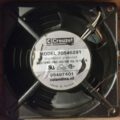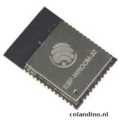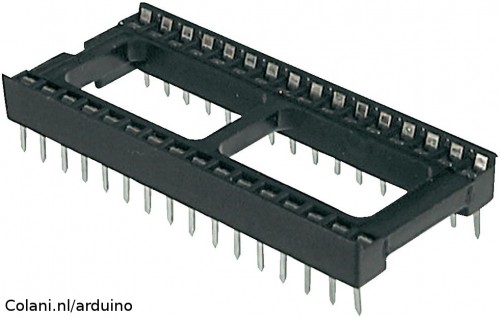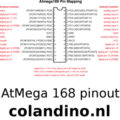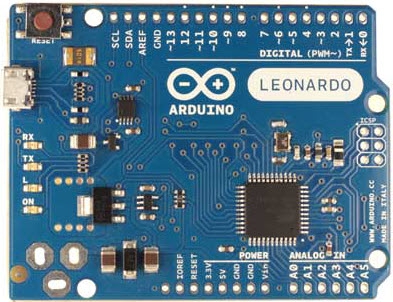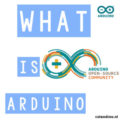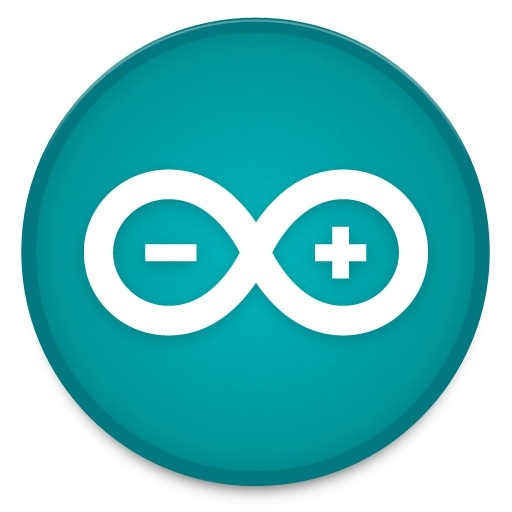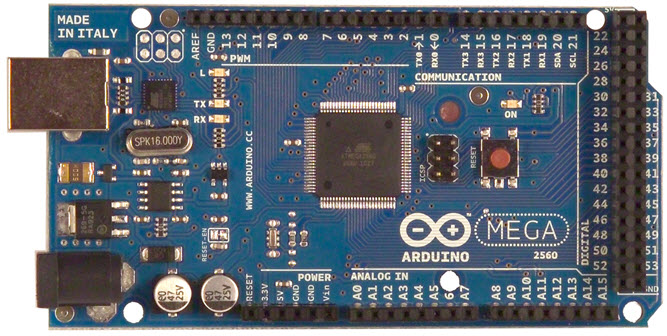- Tag Archieven Microcontroller
-
-
 ATMega 328 Microcontroller
ATMega 328 Microcontroller
Arduino ATMega 328 Microcontroller.
Eigenschappen:
- Type : ATmega 328
- Flash- geheugen : 32 kB
- RAM : 2 kB
- Behuizing : DIP 28
Een ATmega328 in DIP-behuizing, pre-loaded met de Arduino UNO (16MHz) bootloader. Daardoor kunt u Arduino code gebruiken in uw project en werkt dit zonder een echt Arduino Board. Om deze chip te laten werken met de Arduino IDE, moet u een externe 16MHz kristal of resonator, een 5 V voeding en een seriële verbinding hebben.
Uitvoering
- 23 I/ O’s, waarvan 6 kanalen voor de 10-bit ADC zijn
- werkt tot 20 MHz met extern kristal.
De datasheet: KLIK
-
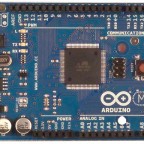 Arduino Mega2560 Microcontroller Board
Arduino Mega2560 Microcontroller Board
Arduino Mega2560 microcontroller board is an easy-to-use development board based on the Atmel ATmega2560 MCU.
The ATmega2560 has 256 KB of flash memory for storing code (of which 8 KB is used for the bootloader), 8 KB of SRAM, and 4 KB of EEPROM.
The Arduino Mega2560 microcontroller board has 54 digital input/output pins (of which 14 can be used as PWM outputs), 16 analog inputs, 4 UARTs (hardware serial ports), a 16 MHz crystal oscillator, a USB connection, a power jack, an ICSP header, and a reset button.
The Arduino Mega2560 contains everything needed to support the MCU. Simply connect it to a computer with a USB cable or power it with a AC-to-DC adapter or battery to get started. This Arduino development board is compatible with most shields designed for the Arduino Duemilanove or Diecimila.
The Arduino Mega2560 differs from other development boards in that it does not use the FTDI USB-to-serial driver chip. Instead, it features the Atmega8U2 programmed as a USB-to-serial converter. The Arduino MCU board includes a number of facilities for communicating with a computer, another Arduino, or other MCUs. Lees verder Bericht ID 4884
-
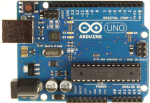 Arduino Uno Rev. 3 Microcontroller Board
Arduino Uno Rev. 3 Microcontroller Board
Arduino Uno Rev. 3 microcontroller development board is based on the Atmel ATmega328 MCU.
The Arduino Uno has 14 digital input/output pins (of which 6 can be used as PWM outputs), 6 analog inputs, a 16MHz crystal oscillator, a USB connection, a power jack, an ICSP header, and a reset button.
This Arduino MCU board contains everything needed to support the microcontroller. Simply connect it to a computer with a USB cable or power it with a AC-to-DC adapter or battery to get started.
The Arduino Uno differs from other development boards in that it does not use the FTDI USB-to-serial driver chip. Instead, it features the Atmega8U2 programmed as a USB-to-serial converter.
The Arduino Uno MCU board can be powered via the USB connection or with an external power supply. The power source is selected automatically. Lees verder Bericht ID 4884

